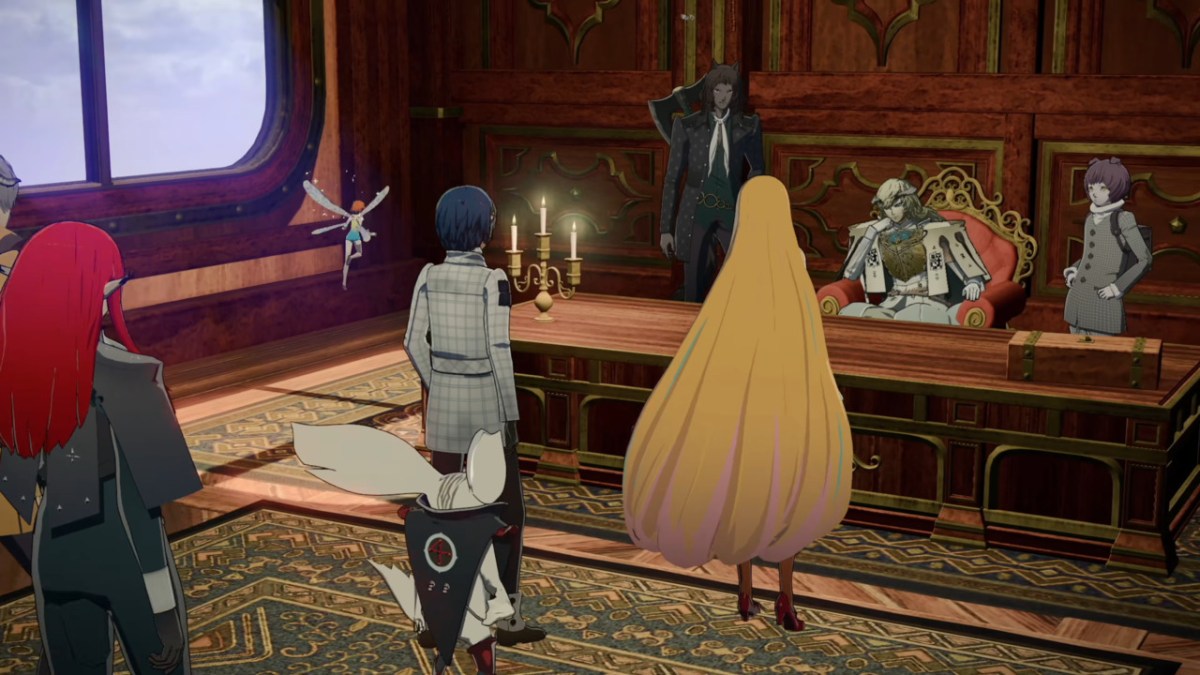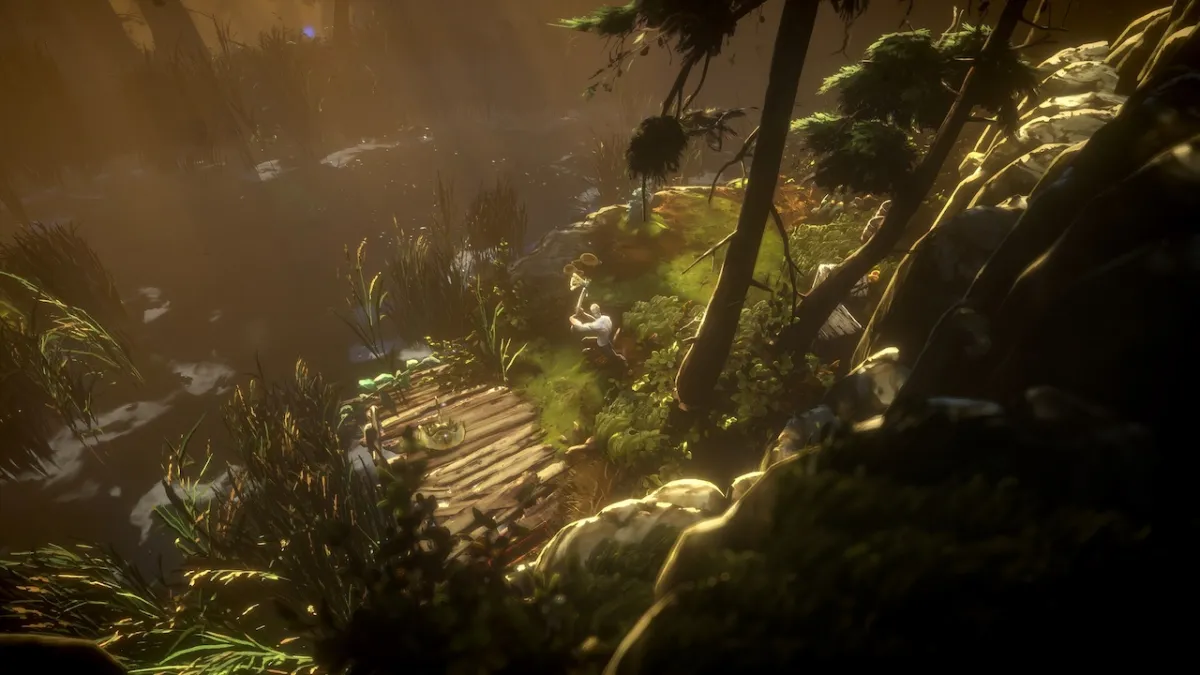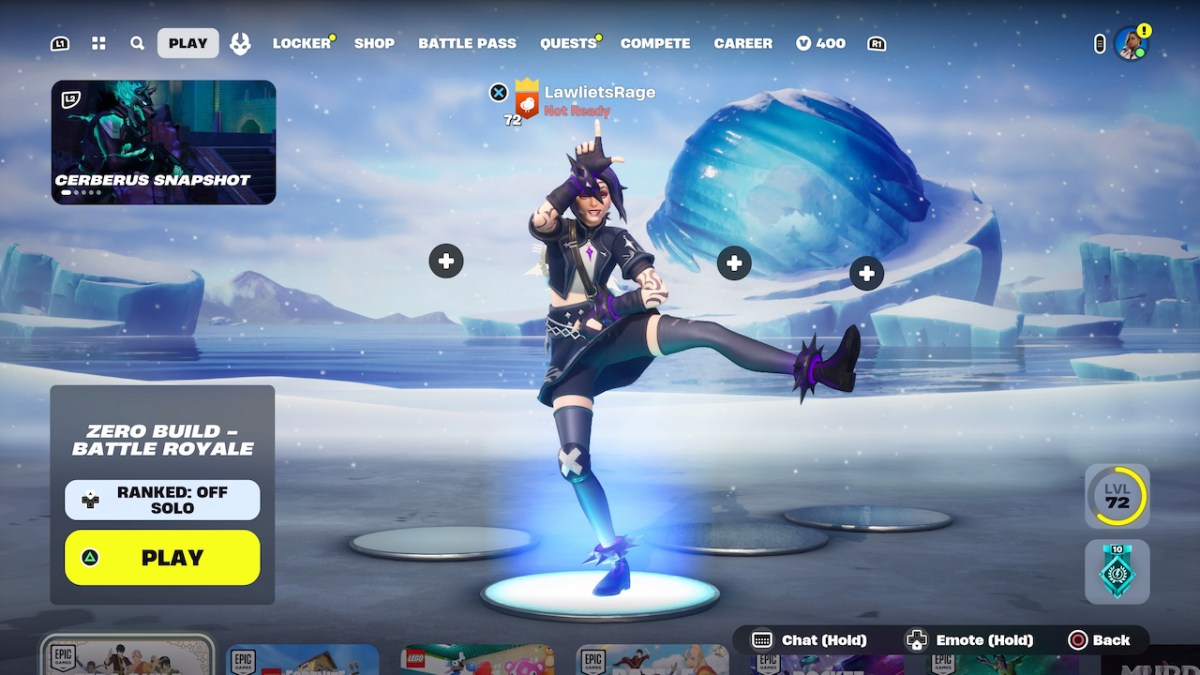Just what does an Art Director do? Unlike other creative industries, there’s often a lot of confusion surrounding just what each member of a videogame’s creative team actually does.
In a bid to educate ourselves just a little bit, we talk to Deus Ex: Human Revolution’s Art Director, Jonathan Jacques Bellete about his role on the game, the influences behind its aesthetics and the compromises that must be made to make sure the game plays as good as it looks.
The images that adorn this interview are entirely comprised on original concept artwork.
IncGamers: Your background is in animation. What made you want to work in the games industry?
Jonathan Belletete: It’s what I’ve always wanted to do. I’ve always been playing games. I had an Atari when I was a kid, and then the NES came out. I was into Mario, Metroid, Zelda but, it was really Final Fantasy I… I think that game made me cry. So, I said, one day I’m going to figure out how these things are made and I’m going to make them.
Back then the industry to me didn’t exist; I didn’t know what the games industry was. In the early 80s and 90s there was nothing, certainly in Montreal, like there is now. To me games were all magic; I didn’t know who the people making these things were or how they were made, I just knew I wanted to make them.
I’m not one of those art directors or game designers that really wanted to do movies or TV shows, I always wanted to do games. I consider myself a full-fledged videogame director.
IG: There’s still a lot of misunderstanding about what each job title means in game development. What exactly does an Art Director do?
JB: In comparison to the movies, for example, the Art Director of a movie doesn’t have the same job as an Art Director in a game. The equivalent of a videogame Art Director in the movies would be the Production Designer.
My role is to create the entire visual flavour of the game, i.e. what direction you want the game’s looks to take. So, for Deus Ex, it’s cyber punk. We look at and respect the cyber punk canons but then we really try to find our own flavour within that because cyber punk has been done so many times before. This is when I started to get ideas about the Renaissance-era because there’s such a big link between that time and this trans-humanist ‘era’ in Deus Ex. So we combined some elements from the Renaissance with the cyber punk stuff and started calling it cyber-Renaissance.
I think that’s kinda cool. I should probably copyright it. [Laughs].
Then my day to day role is to make sure the concept artists understand that idea properly so they can start designing on those philosophies properly. Obviously, I try to make sure that everybody has input into that idea but, at the same time, I need to stay convinced of what I want; if you just doubt yourself all the time you never go forwards.
IG: Do you still get your hands dirty in the concept sketches and what not?
JB: I used to, even as an Art Director on smaller projects. But Deus Ex is just such a huge endeavour and I had some of the best concept artists in the world working with me, who are much better at drawing than I am; that’s why I hired them.
I still did a few concepts, but nowhere near the amount that others did. It was mainly just sketches to give people a taste of the direction or it was working over stuff that had already been done.
IG: It’s clear from looking at Human Revolution that it’s taken influence from a number of sources – you yourselves mentioned the general themes of cyber-punk and the Renaissance. Were there any specific references that you drew upon from established movies, books, art etc?
JB: The game at its core is quite stylised. It’s not a photo-realistic game. In general, photo-realism is not something I’m really into, I prefer to have this homogenous look as it creates a much more credible world. It’s a little harder to keep things flowing if you have a photo-realistic face, for example, but then in the backgrounds there’s something that’s not photo-realistic – there’s a disconnected there.
When everything is stylised in this homogenous way it may not look like the world we live in but it creates this really great, believable bubble for us to walk into. That’s something that I really believe in as a designer and I always see it as something that’s really important.
So, in terms of specific influences, I’m a big fan of the Japanese games. You can see bits from Metal Gear Solid, Ghost in the Shell and all that kind of stuff. It’s not something I’m trying to hide at all, it’s all out there in the open.
The gold and black palette of the game comes largely from the Renaissance. If you look at painters from the Baroque-era – Vermeer, Rembrandt etc – a lot of that stuff is very black and gold because they would often paint by candles at night and that kind of thing.
IG: And what about the character designs?
JB: Fashion was important to us. We thought about the characters less in terms of character designs and more about fashion design. It’s almost as if the character design is down to the writers – it’s Mary (Mary DeMarle, Lead Writer and Narrative Designer) who designs the characters, who they are, where they’re from, what kind of person they are.
My role is to give them cool clothing, actual fashion. We think so often in the games industry that character is about designing big armour or big guns, but it’s so much more than that. People like Alexander McQueen and Vivienne Westwood have a tendency to pull a little bit towards that Baroque, or even Renaissance, aesthetic, so that helped us quite a bit.
When you create a world from scratch, the concept artists have to think like ‘urbanists’, they have to think like architects, they have to think like interior decorators. We’re not those things, so everything had to start with references; I didn’t want them to just come up with sci-fi buildings off the top of their heads. Often I find that our vision of sci-fi is getting very outdated, it’s very much how sci-fi was in 90s and even the 80s. If you look at real architecture projects that are being built now or being planned for the next ten years, they’re freaking crazy. They’re way beyond our vision of sci-fi from the past twenty years.
Plus, it’s important that even in a very stylised game, things need to feel credible.
IG: Was it daunting trying working on, and creating a style for, a follow-up to such a revered and respected game?
JB: Yeah, it was really daunting. But, when we started on this game there were just four or five of us in a rented office waiting for the proper office to be built. To me, at least, it kinda dampened that feeling of ‘oh my God, we’re doing Deus Ex. What the fuck are we thinking?’
We just had to do it. I guess the main pre-requisite to work on it back at the start was that you had to be a little crazy. Still, it was daunting. Big time.
{PAGE TITLE=Deus Ex: Human Revolution – The Artist’s Perspective Page 2}
IG: Are you a big fan of the original?
JB: Oh yeah. My story with that is that I bought it when it first came out and, this is how much of an impact the game had on me, I installed it at around noon and I remember consciously blinking for the first time and realising that it was suddenly three in the morning. Literally, I stopped seeing the world outside of the screen – I was completing sucked into that world.
When I would stop playing and go do something else the game would linger with me, its flavour was so potent. It’s been in my top-five games of all-time ever since. I never thought I would be lucky enough to work on a Deus Ex, it’s insane.
IG: So what’s behind Human Revolution being a prequel as opposed to a sequel?
JB: As big a game as the first one is, we need to attract a lot more people because of how the industry works now. We thought that by treating [Human Revolution] as a kind of genesis for the series, we could bring it to millions of new people and we thought a prequel was the best way to do that.
IG: Is it fair to say that, as Art Director, it’s easier to work on a prequel rather than a sequel? Given that you’re not bound so strongly by what the original Deus Ex did and how the world looked once it was over.
JB: Yeah, that’s fair but in a sense you’re still bound by it, but in reverse. It needs to stay in line with the same canons but you need to think about what those canons would have looked like thirty years prior. We did and didn’t do that depending on what it was. When they designed the first game they had no idea about how technology would evolve in the way it has in the real world. In the first game, for example, – apart from the universal constructor – I don’t think there’s anything more advanced than an iPhone in there.
IG: What kind of compromises do the art team have to make with the level designers? For example, I know that on the original Splinter Cell there were issues with the level designers wanting to put lights all over the place to enable them to create areas that would be fun for the player to traverse, but the art team came in and removed a lot of them because it ruined the aesthetic.
JB: We had a similar problem. For us it wasn’t with the lighting, it was with the cover system because (like lighting) it’s an element important to both the gameplay and the visuals – it’s always a recipe for conflict.
In our cover system, Adam can take cover behind about 90% of the stuff in the game so there were a lot of gameplay rules attached to the scenery; their heights and widths and thickness and that stuff. But, artistically, we didn’t want to have a cluttered look to the game. Of course, lots of cover and not wanting a cluttered look are two conflicting things. There were a lot of meetings to try and get as much co-operation as possible between the concept artists and the level designers. Honestly, I think overall that it all went rather well – I ended being able to put pretty much everything I wanted in there without affecting the way the cover system plays.
If you look at other games with a cover system, they’re way ‘boxier’ than what we’ve done. I think that’s come about because we wouldn’t let go of our goals and we had to find a way of mixing these two elements together and I think we did it.
IG: Is it true that it’s your face being used for Adam?
JB: No.
IG: Definitely not?
JB: It’s a little bit my face. It’s a long story.
Read Article Metaphor: ReFantazio places big twists on social links and romance


Category:
News
Metaphor: ReFantazio places big twists on social links and romance


